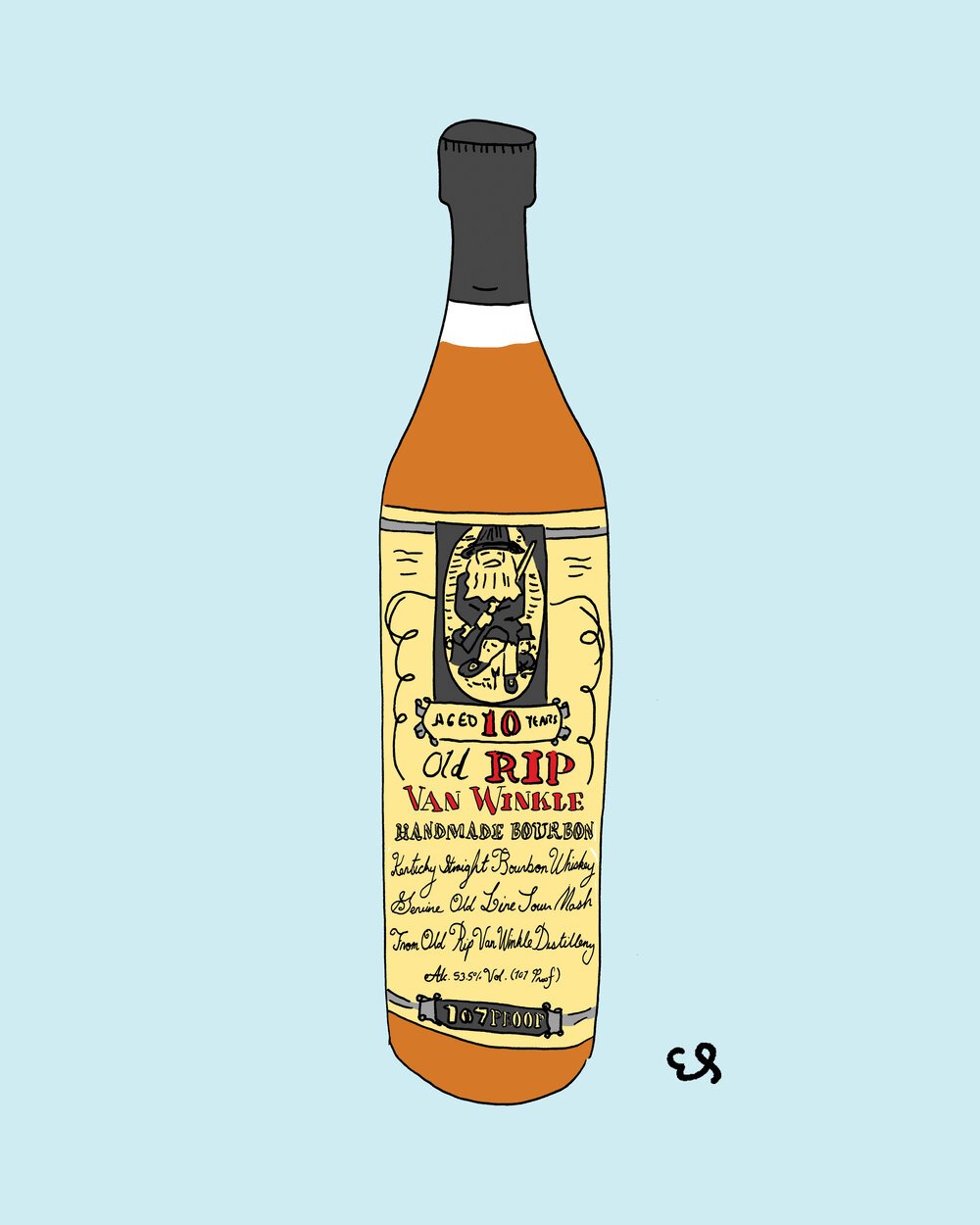The Significance of Whiskey Art in Celebrating Heritage and Workmanship in the Beverage Sector
The complex relationship in between bourbon art and the celebration of heritage and workmanship within the drink industry can not be overemphasized. With thoughtfully created containers and tags, whiskey brands envelop their historic origins and the artisanal abilities that define their production methods.
The Historical Roots of Whiskey
At the heart of whiskey's allure exists an abundant tapestry of historical roots that trace back to old people. The origins of whiskey can be linked to the distillation methods of the Sumerians and Babylonians around 2000 BCE, where very early types of fermented grain drinks started to emerge. It was in the Middle Ages that the art of distillation progressed considerably, specifically in Ireland and Scotland, leading to the production of bourbon as we know it today.
The term "bourbon" itself acquires from the Gaelic word "uisce beatha," implying "water of life." This phrase highlights the cultural significance of bourbon in Celtic societies, where it was often connected with rituals, celebrations, and common bonding. By the 15th century, purification came to be an identified craft within reclusive areas, leading the method for the establishment of legal distilleries.
As trade courses broadened, whiskey's popularity grew, going beyond local boundaries and recording the passion of connoisseurs worldwide. Limited Edition. This historic journey shows not only the craftsmanship behind whiskey production but also its essential role in social and cultural contexts, marking it as a significant beverage throughout history
Artistic Expression in Branding
Bourbon branding stands as an engaging junction of virtuosity and business, where aesthetic identification plays a crucial role fit customer understanding. The aesthetics of bourbon tags, product packaging, and advertising products mirror not just the brand's story but also its core worths and heritage. With creative expression, distilleries convey a narrative that resonates with consumers, stimulating emotions and sparking links.
Making use of color, typography, and images in branding offers to distinguish items in a saturated market. As an example, conventional concepts may stimulate a sense of authenticity and workmanship, while modern layouts can represent innovation and forward-thinking. This tactical imaginative direction improves brand name recognition and commitment, permitting consumers to build a personal partnership with the whiskey they select.
In addition, artistic expression in branding usually serves as a party of local heritage. Distilleries frequently include regional icons or historical recommendations right into their layouts, creating a sense of area that welcomes consumers to take part in a broader cultural experience. Eventually, the virtuosity behind whiskey branding not only improves aesthetic charm yet also enriches the general narrative of the brand name, cultivating a deeper appreciation for the craftsmanship and heritage embedded in each bottle.
Workmanship in Container Layout
The virtuosity noticeable in scotch branding prolongs past aesthetic identification to incorporate the workmanship associated with container layout. Each container offers as a vessel not just for the spirit within, but likewise for the story it tells regarding its origin, high quality, and custom. The style process needs thorough interest to detail, as aspects such as form, closure, and product add dramatically to the general understanding of the whiskey.
Workmanship in container style involves choosing top notch glass that can boost the bourbon's color and quality, while likewise offering a responsive experience for the customer. The silhouette of the container must be both useful and visually attractive, typically reflecting the heritage of the brand. Many distilleries select special shapes or printed logos that stimulate a sense of credibility and background.
Moreover, the tag layout and typography play a critical function in connecting the brand's story. Limited Edition. A well-crafted bottle not only mesmerizes the customer's eye yet likewise reinforces the brand name's dedication to high quality and tradition. This way, the craftsmanship of bottle layout ends up being an essential facet of the scotch experience, combining artistry with an extensive regard for heritage
Cultural Importance of Bourbon Art
Celebrating practice and craftsmanship, the cultural value of whiskey art goes beyond simple visual appeals, linking with the historical and social stories of the areas from which it comes from. Each container functions as a canvas, showing the unique stories, mythology, and practices that have shaped regional whiskey-making techniques. view website The intricate styles usually show the heritage of the distillers, including symbols and themes that resonate with the society and worths of their areas.

Additionally, whiskey art plays an essential function in communal events and parties, serving as a substantial link between individuals and their shared experiences. By appreciating the creativity in bourbon packaging, consumers grow a much deeper understanding and respect for the craft, inevitably enriching their pleasure of the drink itself.
Modern Trends in Bourbon Presentation
Over the last few years, the discussion of whiskey has progressed to mirror modern tastes and fads while still honoring conventional craftsmanship - Limited Edition. Distilleries are significantly concentrating on aesthetic aspects that boost the total alcohol consumption experience, bridging the space in between heritage and modernity
Cutting-edge container layouts have look at this website actually arised, frequently integrating lasting products and imaginative tags that inform compelling stories. Many brands now work together with regional artists, instilling their products with special aesthetic expressions that reverberate with consumers. Additionally, limited-edition releases are frequently packaged in collectible containers, adding value and check that appeal for connoisseurs.

Verdict
In conclusion, whiskey art serves as a vital avenue for sharing the heritage and workmanship intrinsic in the drink market. With complex branding, ingenious bottle designs, and culturally significant imaginative components, scotch brands effectively recognize their practices and link with consumers.


Workmanship in container design involves selecting high-quality glass that can boost the bourbon's color and clarity, while additionally supplying a tactile experience for the consumer. In this means, the craftsmanship of bottle layout ends up being a vital facet of the scotch experience, combining virtuosity with a profound regard for heritage.
In final thought, whiskey art offers as a crucial conduit for sharing the heritage and craftsmanship inherent in the drink industry.